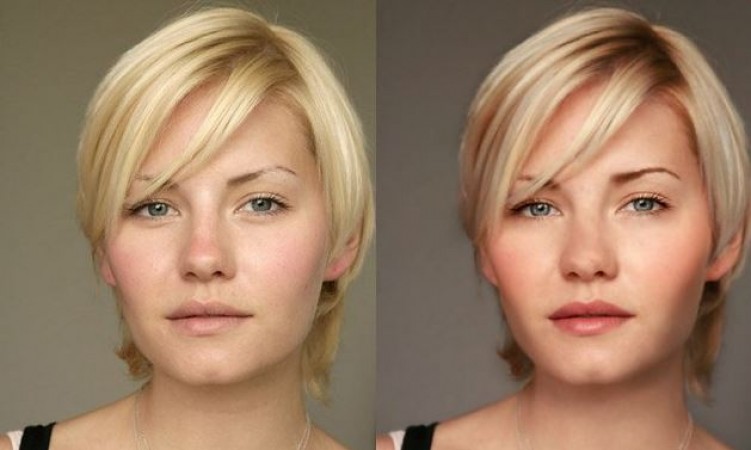
In a world where beauty standards are constantly evolving, the pursuit of aesthetic perfection has taken various forms. One of the latest trends to make waves is the idea of transforming oneself to resemble the iconic doll, Barbie. While achieving such a look is a personal choice, it's important to consider the methods and implications involved. In this article, we delve into the trend of using Botox injections to attain a Barbie-like appearance, exploring its rising popularity, the process, potential risks, and societal perspectives.
The pursuit of beauty has evolved throughout history, with society's ideals often changing alongside it. The present-day fascination with attaining a Barbie-like appearance raises intriguing questions about the motivations, methods, and consequences of such transformations.
Barbie, with her symmetrical features, flawless skin, and perfectly proportioned figure, has been a symbol of beauty for decades. The allure of emulating her appearance taps into a desire for a timeless, almost ethereal charm.
Botox, derived from the bacterium Clostridium botulinum, is a neurotoxin used to temporarily paralyze muscles, smoothing out wrinkles and fine lines. It has garnered fame as a cosmetic procedure to combat signs of aging.
With the rise of social media and the omnipresence of digitally altered images, there's a growing pressure to conform to unrealistic beauty standards. This has led to an increase in people seeking drastic transformations to match these standards.
Botox injections have emerged as a preferred choice for those striving for Barbie-like features. It promises a youthful and flawless appearance by addressing wrinkles, fine lines, and facial symmetry.
During a Botox procedure, a purified form of the toxin is injected into specific facial muscles. This temporarily paralyzes the muscles, resulting in smoother skin and reduced wrinkles.
The immediate effects of Botox injections include a smoother complexion and diminished wrinkles. However, there can be side effects like bruising or a frozen facial expression.
While Botox is generally considered safe when administered by professionals, there are risks involved. These range from allergic reactions to unintended facial asymmetry.
The trend of using Botox to look like Barbie raises ethical questions about conforming to manufactured standards of beauty and the impact of such choices on individuality.
The pursuit of an idealized appearance can significantly impact body image and self-esteem, potentially leading to a never-ending cycle of seeking validation through physical changes.
Celebrity endorsements of cosmetic procedures can contribute to the normalization of extreme makeovers, perpetuating unrealistic beauty ideals.
While self-expression is important, it's crucial to consider whether conforming to a certain look is a true reflection of personal identity or simply a response to external pressures.
Seeking professional counseling, embracing individuality, and opting for less invasive beauty procedures are alternative paths that encourage self-acceptance.
The correlation between physical appearance and mental well-being highlights the necessity of addressing underlying emotional concerns rather than relying solely on cosmetic alterations.
The desire to look like Barbie through Botox injections reflects the complex interplay between societal beauty norms, individual choices, and the quest for self-confidence. While these transformations are a personal decision, it's vital to weigh the risks, motivations, and impact on overall well-being.
What Does Pyuria Mean? Understanding the Presence of White Blood Cells in Urine
Is it Okay to Wear Earplugs to Bed?
5 Intriguing Ways That Soy Milk Is a Powerhouse, According to Skin Bounty